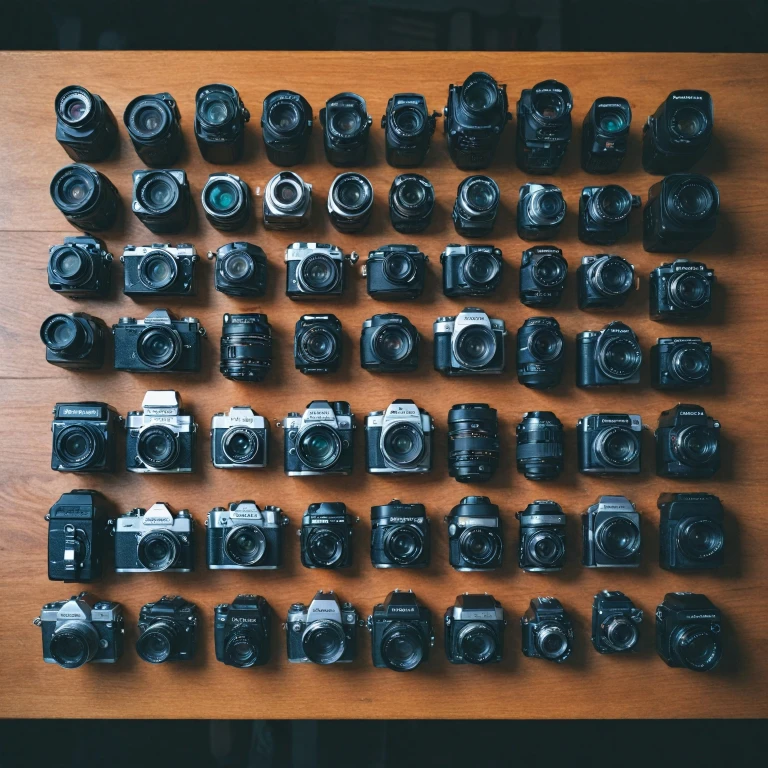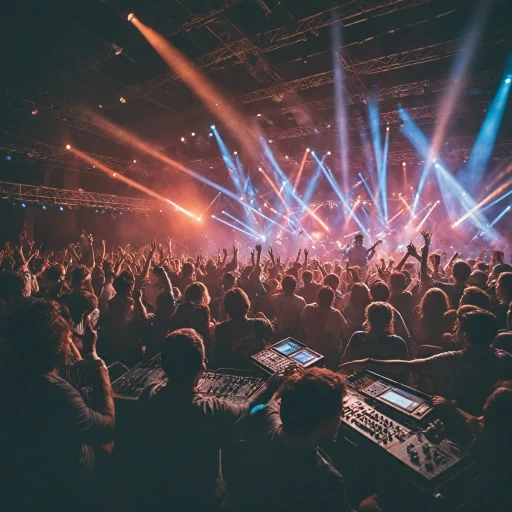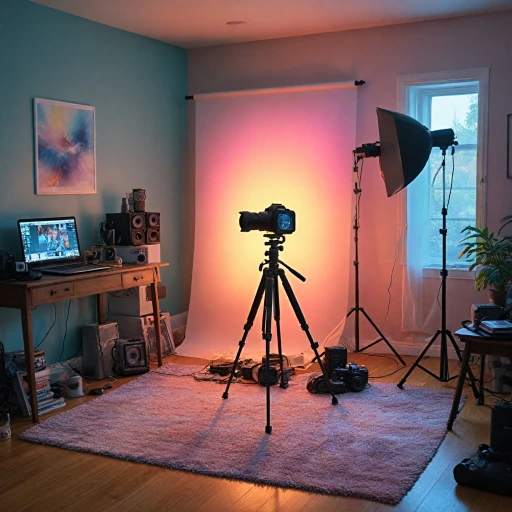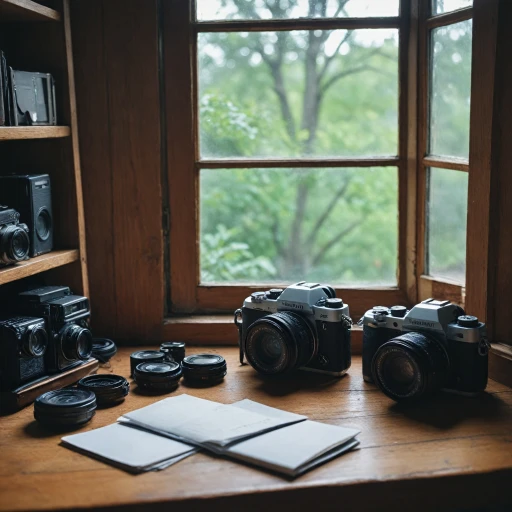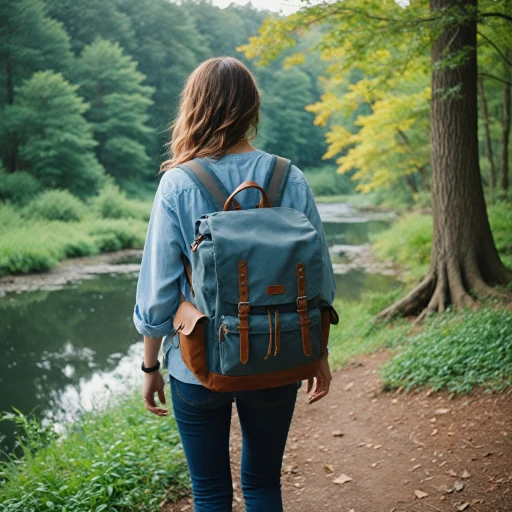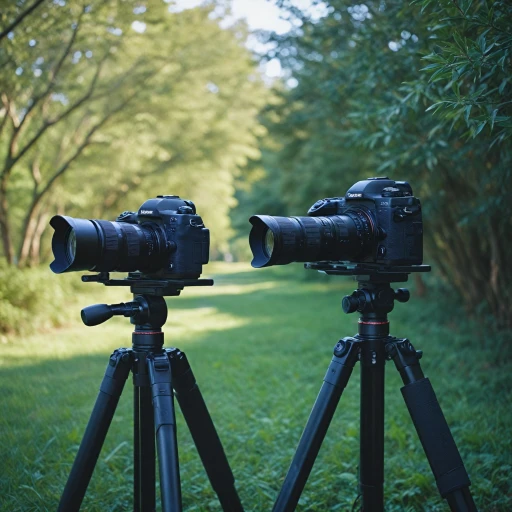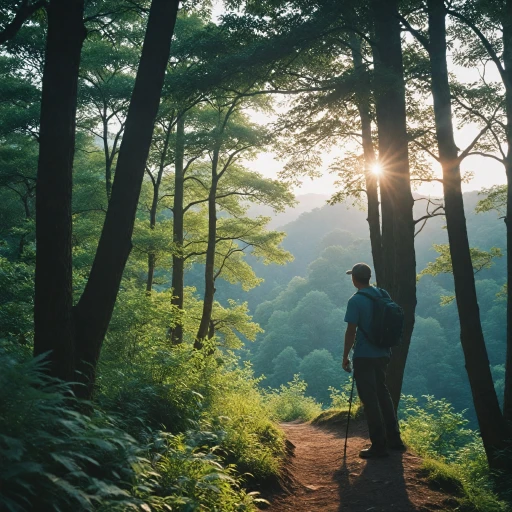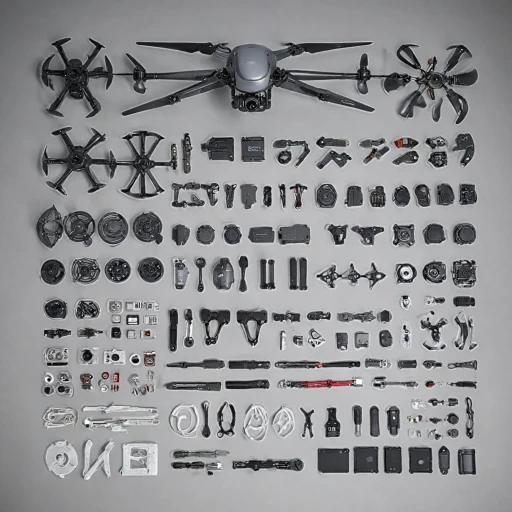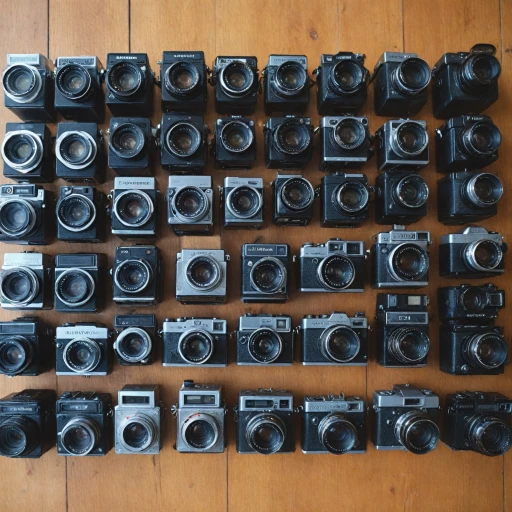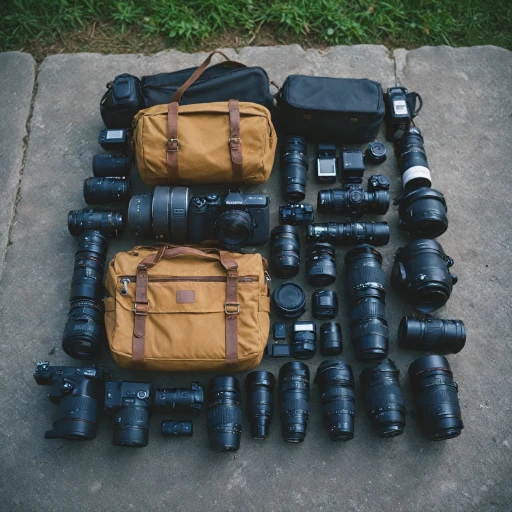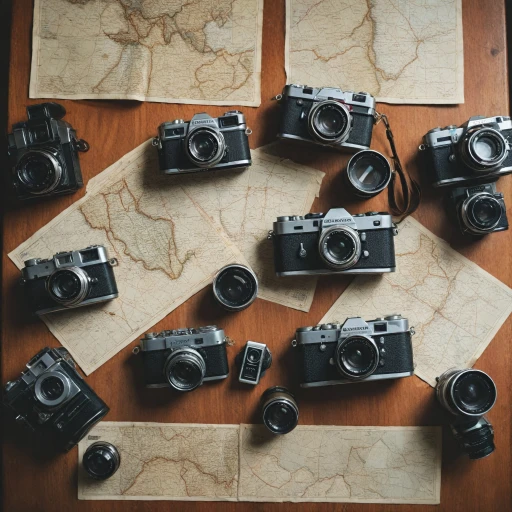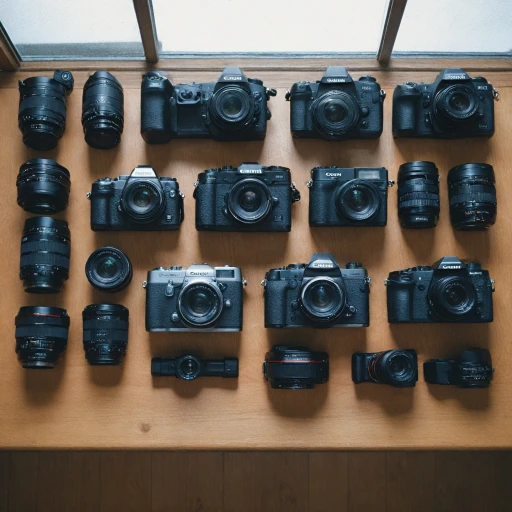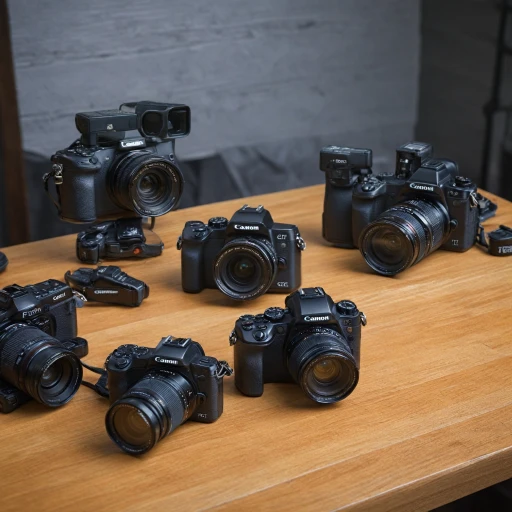
Understanding 35mm Cameras
Getting to Know 35mm Cameras
For beginners venturing into the world of photography, understanding 35mm cameras is a crucial first step. These cameras, known for their versatility and compatibility, can be a great choice for capturing images both on film and digital mediums. They have been a staple in the photography community and remain popular among enthusiasts and professionals. 35mm film cameras, like the Canon EOS or Nikon models, have a long-standing legacy in the industry. These cameras offer a tactile shooting experience that many find enriching. Shooting with film encourages photographers to be intentional with each image, leading to more thoughtful composition. Although digital cameras have gained popularity due to convenience and instant results, film photography often delivers a unique aesthetic that includes rich textures and vibrant colors, especially noticeable in black and white photography. For those choosing to shoot film, lenses play a vital role in shaping the final outcome. From basic kit lenses to more specialized options, the choice can significantly influence the quality of images captured. Olympus Trip and other best beginner film cameras provide accessible entry points into the world of film, offering simple operation and often durable, classic designs. While deciding to buy a 35mm camera, consider the key features needed, such as the camera's light metering capabilities or whether it supports different lens types. It's essential to remember that a higher price doesn't necessarily guarantee the best results. For beginners, starting with a point-and-shoot lens for easy handling might be more beneficial. Choosing a camera that matches your photography goals will make the learning curve smoother. As you grow more comfortable with shooting, experimenting with different lenses and settings becomes less daunting. For more insights into selecting the perfect 35mm film camera for beginners, explore this guide to finding the perfect 35mm film camera. With this foundational knowledge, you will be better prepared to explore the rich world of 35mm photography and make informed decisions that enhance your creative journey.Key Features to Consider
Essential Camera Features for Beginners
When venturing into the world of 35mm cameras, especially for beginners, understanding the key features to look for can be a game-changer. This understanding will not only assist in differentiating between digital and film cameras, but also aid in making a wise purchase decision.
- Lenses: Opt for cameras that come with a versatile kit lens. For film photography, models from Canon, Nikon, and Olympus offer options that cater to beginner needs and budgets.
- Camera Build: Both ease of use and durability are essential. While a point and shoot design might be beneficial for some, others might prefer a more adjustable camera model for improved shooting flexibility.
- Price Point: Cameras range from budget-friendly to high-end. For those on the hunt for the best beginner cameras, it's important to find a balance between cost and quality.
- Film Compatibility: Ensuring the camera supports widely available films like Kodak Ektar will guarantee accessibility and a wider array of developing options.
- Image Quality: Whether aiming for vivid colors or black and white imagery, understanding the specific capabilities of any camera in rendering images will ensure that you get the desired outcome.
These fundamental aspects are essential for achieving great results in film photography. Remember, choosing a camera is a personal decision that should reflect not only technical specifications but also individual creative goals. As you explore beginner film cameras, consider checking out this guide for some insightful advice.
Top 35mm Cameras for Beginners
Top Picks for Beginner-Friendly Film Cameras
Embarking on your journey into 35mm photography as a beginner involves choosing a camera that's easy to use yet capable of producing high-quality images. Here, we'll highlight some excellent options that balance functionality and simplicity.- Canon EOS Range: Known for their reliability, Canon's EOS film cameras are equipped with automated features that ease the transition for beginners. Models like the Canon Program provide versatile shooting modes, allowing newcomers to experiment with manual settings as they gain confidence.
- Nikon FM Series: Offering both durability and manual control, the Nikon FM series, including the popular FM2, delivers robust performance. It's a great choice for those looking to get hands-on with settings for learning purposes.
- Olympus Trip Series: These cameras are loved for their compact design and ease of use, making them a favorite among beginners who appreciate simplicity. Their lightweight construction and intuitive point-and-shoot capabilities are perfect for those always on the go.
- Best Half Frame Options: If you're interested in shooting film with a unique twist, consider half frame cameras like the Olympus Pen series. These models allow you to capture double the number of images on a single roll of film, providing a great way to experiment creatively.
Comparing Digital and Film 35mm Cameras
Digital vs. Film: A Comparative Look
When it comes to choosing between digital and film 35mm cameras, beginners often find themselves at a crossroads. Each type offers unique advantages and challenges that can significantly impact your photography journey.
Image Quality and Flexibility
Digital cameras, such as the Canon EOS series, are known for their superior image quality and flexibility. They allow you to shoot in various lighting conditions without worrying about film exposure. With digital, you can instantly review your shots and make adjustments on the fly, which is a great advantage for beginners.
On the other hand, film cameras like the Olympus Trip offer a unique charm with their ability to capture rich, organic images. Film photography often results in a distinct look that many enthusiasts find appealing, especially when shooting in black and white or using popular films like Kodak Ektar.
Cost Considerations
Price is another critical factor. Digital cameras can be more expensive upfront, but they eliminate the recurring costs of buying and developing film. Film cameras, while often cheaper to buy, require ongoing purchases of film rolls and development services, which can add up over time.
Learning Curve and Experience
For beginners, digital cameras offer a more forgiving learning curve. Features like automatic settings and instant feedback make it easier to learn the basics of photography. However, film cameras provide a hands-on experience that can teach you a lot about the fundamentals of exposure, light, and composition.
Portability and Convenience
Point and shoot film cameras, like the half-frame models, are incredibly portable and convenient for casual shooting. Digital cameras, especially those with interchangeable lenses, might be bulkier but offer more versatility in terms of lens options and shooting modes.
Ultimately, the choice between digital and film 35mm cameras depends on your personal preferences and what you hope to achieve in your photography journey. Whether you choose the best beginner film camera or a digital model, both have the potential to enhance your skills and creativity.
Tips for Getting Started with 35mm Photography
Getting Started with Film Photography
Embarking on your journey with 35mm film cameras can be both exciting and daunting. Here are some practical tips to help you get started and make the most of your film photography experience.
Choose the Right Film
When starting out, selecting the right film is crucial. Consider the image quality you desire. For vibrant colors, Kodak Ektar is a great choice, while black and white films can offer a classic look. Experiment with different types to find what suits your style best.
Understand Your Camera
Whether you have a Canon EOS, Nikon, or an Olympus Trip, familiarize yourself with its features. Learn how to adjust settings like aperture and shutter speed. This knowledge will help you capture the best images in various lighting conditions.
Practice Shooting
Practice makes perfect. Start by shooting in different environments to understand how light affects your images. Try using a kit lens or explore other lenses to see how they change your perspective. Remember, each roll of film is a learning opportunity.
Develop Your Film
Once you’ve shot your roll, the next step is developing. You can either do it yourself or take it to a professional lab. Developing your own film can be a rewarding experience, but it requires some initial investment in equipment.
Embrace Mistakes
Don’t be discouraged by mistakes. Film photography is a learning process, and each error is a chance to improve. Analyze your images to understand what went wrong and how you can adjust your technique.
Join a Community
Engage with other beginner film photographers. Online forums and local photography clubs can be great resources for tips and support. Sharing experiences and learning from others can significantly enhance your skills.
With these tips, you’ll be well on your way to mastering the art of film photography. Remember, the journey is as important as the destination, so enjoy every moment of your creative exploration.
Common Challenges and How to Overcome Them
Addressing Common Obstacles in 35mm Photography
Taking the leap into 35mm photography can be both exciting and daunting for beginners. While you're equipped with a great beginner camera, you'll encounter some challenges along the way. Here's how you can overcome them:- Managing Exposure: A key skill in shooting film is understanding how light interacts with your scene. The Olympus Trip, for example, offers a built-in light meter to aid beginners. However, using a handheld meter may yield better results, especially if you're aiming for the best image quality.
- Understanding Film Types: Choosing between color, black-and-white, or even a half-frame film can initially be overwhelming. Experiment with different brands like Kodak Ektar for vibrant colors or try a black-and-white option to hone your composition skills.
- Avoiding Motion Blur: This often occurs with slower shutter speeds. To minimize it, make sure you're holding the camera steady. Consider acquiring a kit lens with built-in stabilization if motion blur remains a hindrance, and always prioritize good lighting conditions.
- Understanding Lens Choice: When you buy a beginner camera, it's crucial to explore the lenses available. Whether you decide on a point shoot or a more advanced Canon EOS offering, the lens will significantly affect your shooting experience.
- Battling Grain: Some films may produce noticeable grain when shooting in low light conditions. Selecting the right ISO for your situation is essential to minimize undesirable noise in your images.
